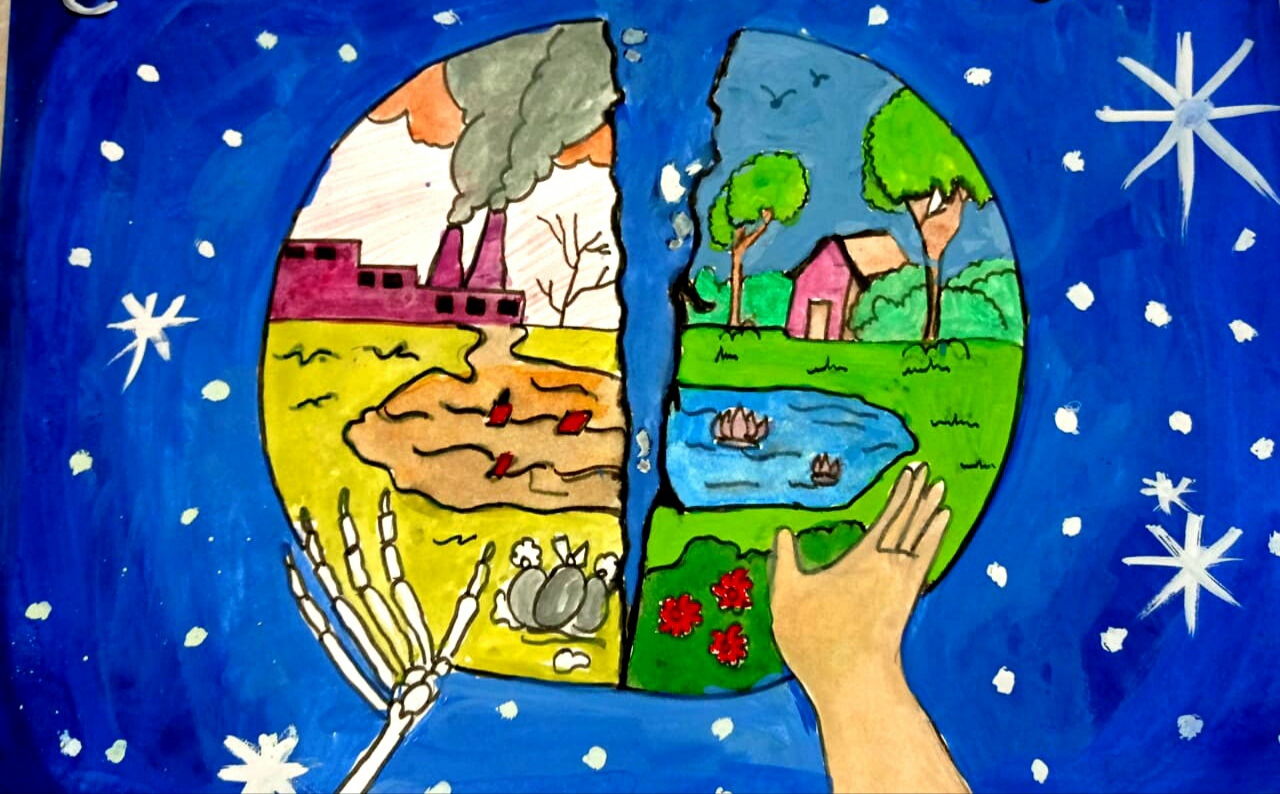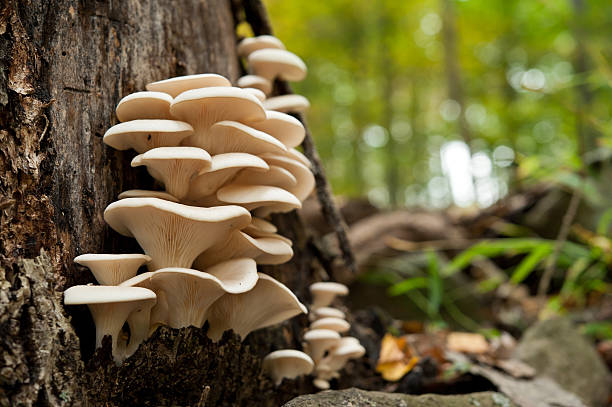They’re like Amanita phalloides



The most common toxins in your home and you don't even know about it.
“To create awareness is to create a better world of understanding for ourselves.”
We talk about us, humans, dumping plastic into the vast ocean where millions of aquatic creatures thrive. We talk about how the human population is exploiting what nature yields. We talk about how many toxic chemicals from the industry just drain out into the rivers, choking little breathing fishes. We talk about Global Warming and the political and economic state of the world and yet, we do not notice the minor ‘silent poisons’ in our own houses. Why talk about major things, when the smallest things go unnoticed?
Could be the toxins in our leathers, harmful chemicals in repellents, or even the tip of our pencils that we use so often. We may not be able to get rid of all the toxins, but surely, won’t creating awareness be helpful for our future generation?
Below, are the few common household toxins that we barely seem to notice:
- Pesticides:
It’s common knowledge of how pesticides contain harmful chemicals. But even then, no one seems to bother. But what if there’s a solution to prevent using pesticides? It’s a simple one. We can simply store food in tight containers, clean up food spills and it will only take a few seconds. Doing these small things can prevent the entry of insects into your house and therefore, prevent you from using pesticides. - Mould/mildew and allergens:
Although this is common knowledge too, solutions to situations like these are important to know. Water affected items can grow moulds and other organisms, which in turn can cause allergies to people. They can also cause various illnesses. Again, there’s always a solution to things like these. If there’s any leaks in your house, you should fix that. Also, furry animals like cats and dogs should be tried to be kept out of bedrooms, if there’s a person in the house who’s allergic to substances present in the animal fur.
After researching about this topic, according to the ‘National Library of Medicine’ , I found out that animal allergens are mainly produced in the liver or secretory glands and localized in animal skin and body fluids, such as urine, saliva, blood, milk, and sweat. These proteins adhere to fur and other surfaces.
- Plastic might be secretly entering the food that we eat.
So, this may seem surprising to many, but that’s the harsh truth about this world. It’s thriving, in plastic. It’s known to us that plastic is used to make many of our household items like containers and furniture, but it really doesn’t do that much to the human system. Instead, when thrown away, it’s incarnated or dumped into the ocean, harming the soil and organisms in the ocean. But what if it’s said that plastic is finding a way into the food that we eat? Would we all care now?
According to research, it shows how tiny bits of plastic are in our food, drinking water, the air we breathe, and, yes, inside our bodies. Every week, we are all consuming plastic, enough to make a credit card. Holding up a Visa card, Sen. Tom Udall said the following, when announcing legislation meant to reduce plastic pollution past this February. This amount is equal to about 5 grams per week.


But this whole ‘plastic in foods is poisonous’ is a in fact, a mystery. According to https://www.consumerreports.org, some people think that this kind of plastic is clean, as for years, it hasn’t done any harm to humans. On the other hand, science has told us that the raw materials of plastic are created from fossil fuels including oil and natural gas and thousands of chemicals, depending on the product, are used to make it harder, softer, or more flexible. To do this, chemicals such as bisphenol (BPA) and phthalates are used, which can enter foods which were once wrapped in plastic.
Toxins are also present in cosmetics such as foundations, shampoos, and conditioners. Not only are they harmful to humans, they’re also brutal against animals as these cosmetics are at first, tested on animals like rabbits and rats to see if they work properly. Solutions include using ayurvedic cosmetics which have therapeutic properties.
In conclusion, it is important to create awareness of such topics for the better of our world. It is important that the mankind cares, and supports the environment to live in a clean, green land of purity. A world, which was once green, which became polluted, might have hope to become green again. Let’s be creators for a huge change. Let’s make an impact, for ourselves. For the world. For the better. Choose suatainable products from Upciclo.com
Anagha Srirangam 9E_ Vidyashilp Academy_Bengaluru






